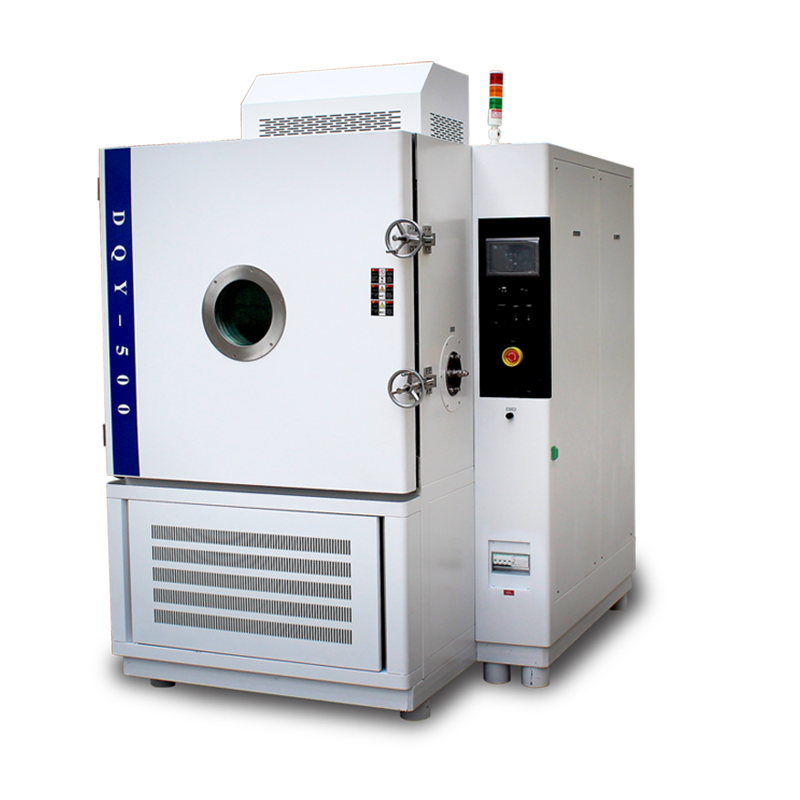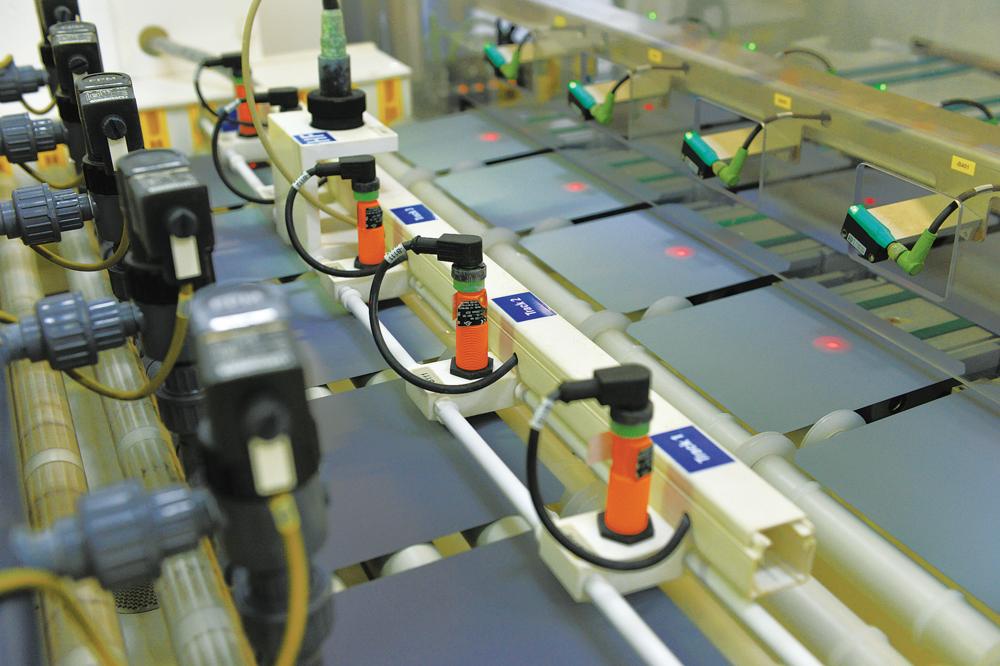A low-pressure test chamber is a device used to evaluate the voltage resistance performance of electronic components, electrical equipment, and insulating materials under low-pressure conditions. It primarily simulates low-pressure environments such as high altitudes and outer space to assess the reliability and stability of equipment. The value of low-pressure test chambers is reflected in the following aspects:

-
Reliability Testing: Low-pressure test chambers can simulate various degrees of low-pressure environments to replicate real-world extreme conditions. By testing the voltage resistance of equipment in low-pressure settings, potential failures and issues can be identified early, ensuring reliability.
-
Safety Evaluation: Some electronic components and devices may experience safety hazards such as leakage or breakdown under low-pressure conditions. Low-pressure test chambers can evaluate the insulation performance of equipment to assess its safety in such environments.
-
Performance Optimization: The performance of electronic components and devices may vary under low-pressure conditions. Through low-pressure testing, performance variations at different pressure levels can be observed, allowing for optimization and improvement.
In summary, low-pressure test chambers hold significant value in the research, production, and application of electronic components and devices that must operate in low-pressure environments. They enhance product reliability and safety while aiding in performance optimization.













